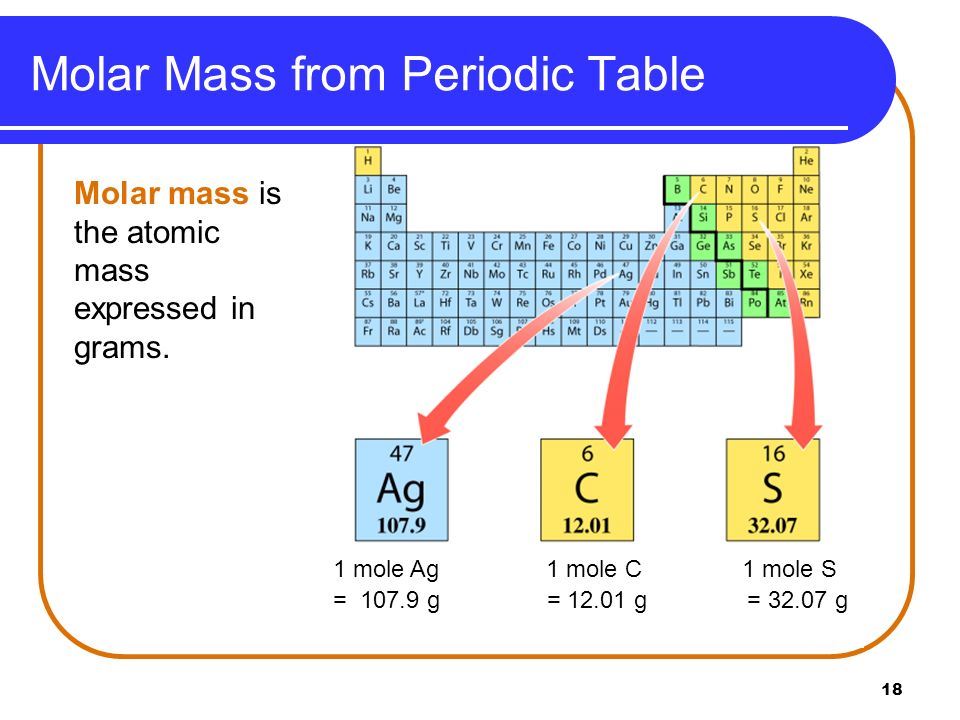In the realms of chemistry and physics, the concepts of atomic mass and molecular mass are fundamental cornerstones that govern the behavior of matter at an atomic and molecular level. They underpin various applications, stretching from the mundane to the sublime, signifying their deep-rooted importance in both scientific inquiry and practical applications.
To commence this exploration, it is imperative to delineate the definitions of atomic mass and molecular mass. Atomic mass, often denoted in unified atomic mass units (u or amu), refers to the mass of a single atom of an element. This aggregate value conveys not only the quantity of matter possessed by an atom but also encompasses the contributions of protons and neutrons within the nucleus. Conversely, molecular mass signifies the sum of the atomic masses of all atoms within a molecule. Thus, one can infer that molecular mass is inherently a composite measure, encapsulating the intricacies of bonding arrangements and molecular geometry.
Observation of atomic and molecular masses reveals an intricate tapestry of characteristics that distinguish elements and compounds. The average atomic mass of an element can exhibit variability due to the presence of isotopes—atoms of the same element that contain varying numbers of neutrons. This concept introduces nuance to the understanding of atomic mass, as the average is derived from the relative abundances of these isotopes. Consequently, the atomic mass listed on the periodic table represents a weighted average, which can provoke intrigue about isotopic distributions that exist in nature.
The allure of atomic mass extends into an array of scientific disciplines, including geology, forensics, and even medicine. In geology, the radiometric dating methods hinge upon understanding isotopic masses, allowing researchers to estimate the ages of rocks and fossils with remarkable precision. In forensic science, isotopic analysis of substances facilitates criminal investigations and can unveil narratives hidden within the molecular structures found in various materials. In medicine, the differential evaluation of isotopes has profound implications in the realm of diagnostics, particularly in imaging techniques where tracers are utilized.
Shifting focus to molecular mass, its significance amplifies when one examines the myriad interactions and reactions prevalent in chemical processes. The molecular mass serves as a vital parameter in stoichiometry, guiding chemists in quantifying reactants and products in chemical reactions. Such calculations require an appreciation for the relationships dictated by the coefficients in balanced chemical equations, where molecular mass translates to moles—an essential concept that encapsulates Avogadro’s number and bridges the gap between observable quantities and particulate nature.
The coupling of atomic and molecular mass can further illuminate the fundamental behavior of gases, as articulated through the Ideal Gas Law. The molar mass of a gas, which can be derived from the molecular mass, fundamentally influences the gas’s behavior under varying conditions of temperature and pressure. This connection between mass and the kinetic theory of gases underscores a fascinating interplay between the microscopic and macroscopic realms of physical chemistry.
Moreover, the relevance of molecular mass extends to the biochemistry of life itself. Metabolic pathways and enzymatic reactions hinge upon the intricate orchestration of molecular masses. Enzymes, which are biological catalysts, exhibit specificity predicated on the molecular mass of substrates, dictating the rate and efficiency of biochemical transformations. Understanding these nuances is paramount for devising therapeutic interventions in the realm of pharmacology, as molecular weight influences the bioavailability and interaction of drug molecules within biological systems.
Despite the apparent straightforwardness of the concepts of atomic and molecular mass, their implications encourage a deeper inquiry into the principles that govern atomic structure and chemical bonding. The complex interactions between electrons and the nucleus contribute substantially to the stability of atoms, fabricating a chain of events that lead to the emergence of molecular structures. Understanding the electron configuration, particularly the arrangement of valence electrons, is indispensable in predicting bonding tendencies and molecular geometry—factors that ultimately culminate in the vast diversity of biochemical interactions.
A deeper appreciation of atomic and molecular masses also beckons an exploration into the quantum mechanical underpinnings of atomic structure. The application of quantum mechanics reveals the probabilistic nature of electron positioning around the nucleus, facilitating insights into why certain atoms exhibit greater reactivity than others. This perspective broadens the rationale underlying the periodic trends observed across the periodic table—a reflection of atomic mass and electronic configuration interplay.
In the context of real-world applications, the significance of atomic and molecular mass transcends theoretical explorations, impacting industries such as pharmaceuticals and materials science. The accurate measurement of molecular mass facilitates the synthesis of compounds with desired properties, guiding material scientists in crafting polymers with tailored functionalities. This operationalization of fundamental scientific principles demonstrates a fascinating convergence of theoretical knowledge and practical innovation.
In conclusion, the concepts of atomic mass and molecular mass offer rich dimensions for investigation. They are not mere numerical values; rather, they are keys unlocking a deeper understanding of the universe’s fabric. From the formation of complex compounds to insights gleaned through isotopic studies, these measures encapsulate both the beauty and intricacy of the atomic world. As we delve deeper into the realms of chemistry and physics, the interplay between atomic and molecular masses will continue to spark fascination, inspiring generations of scientists to decode the mysteries of matter.












